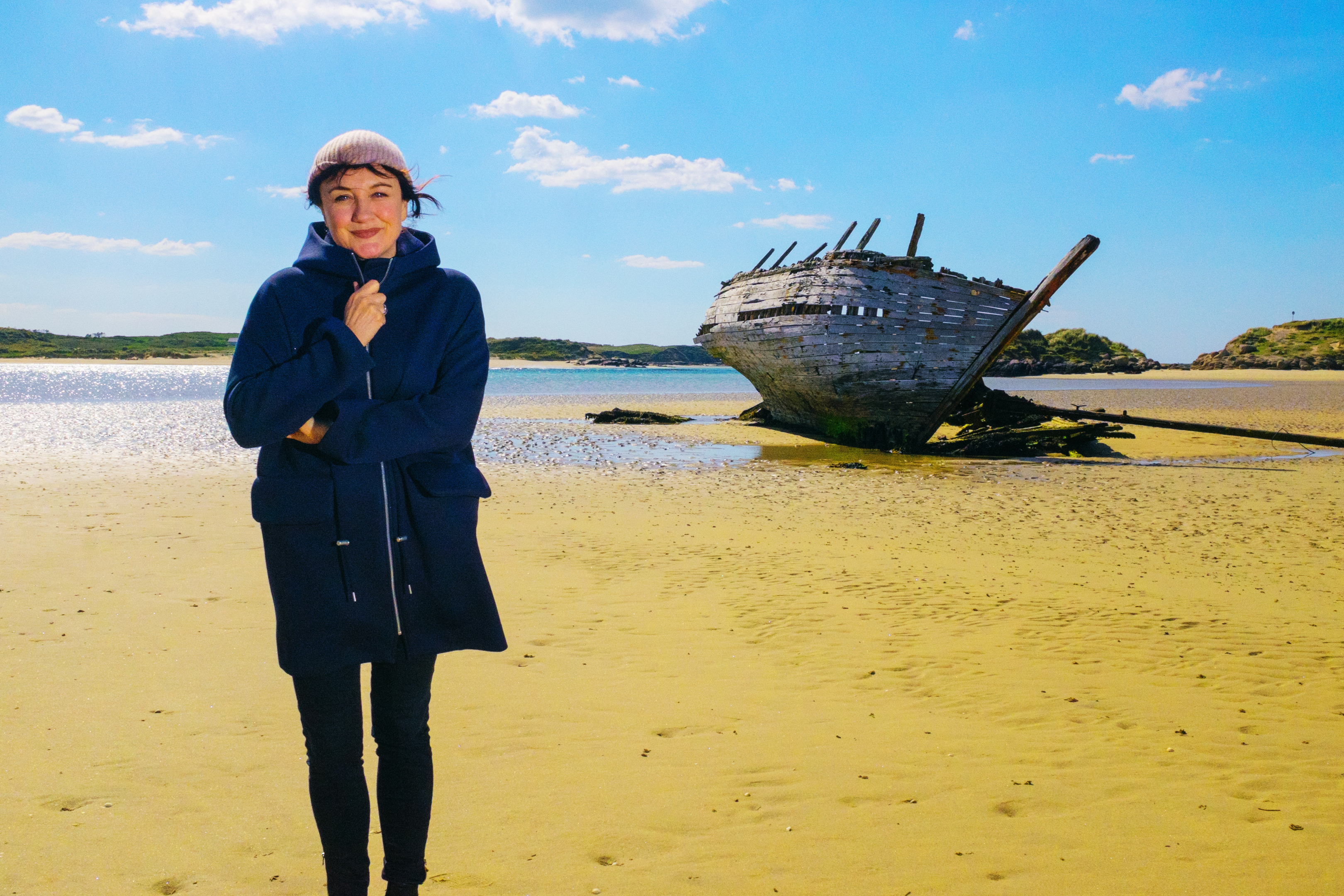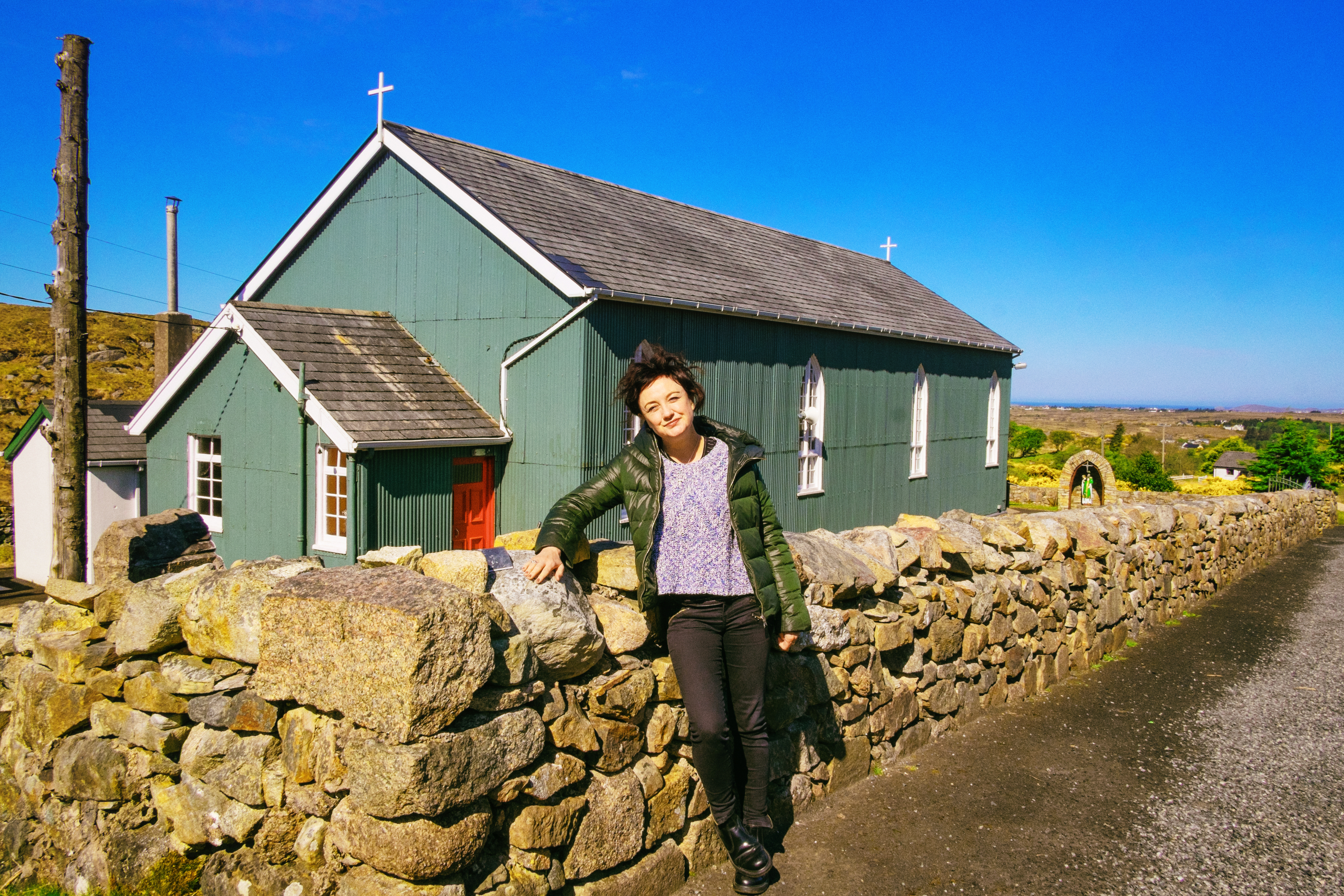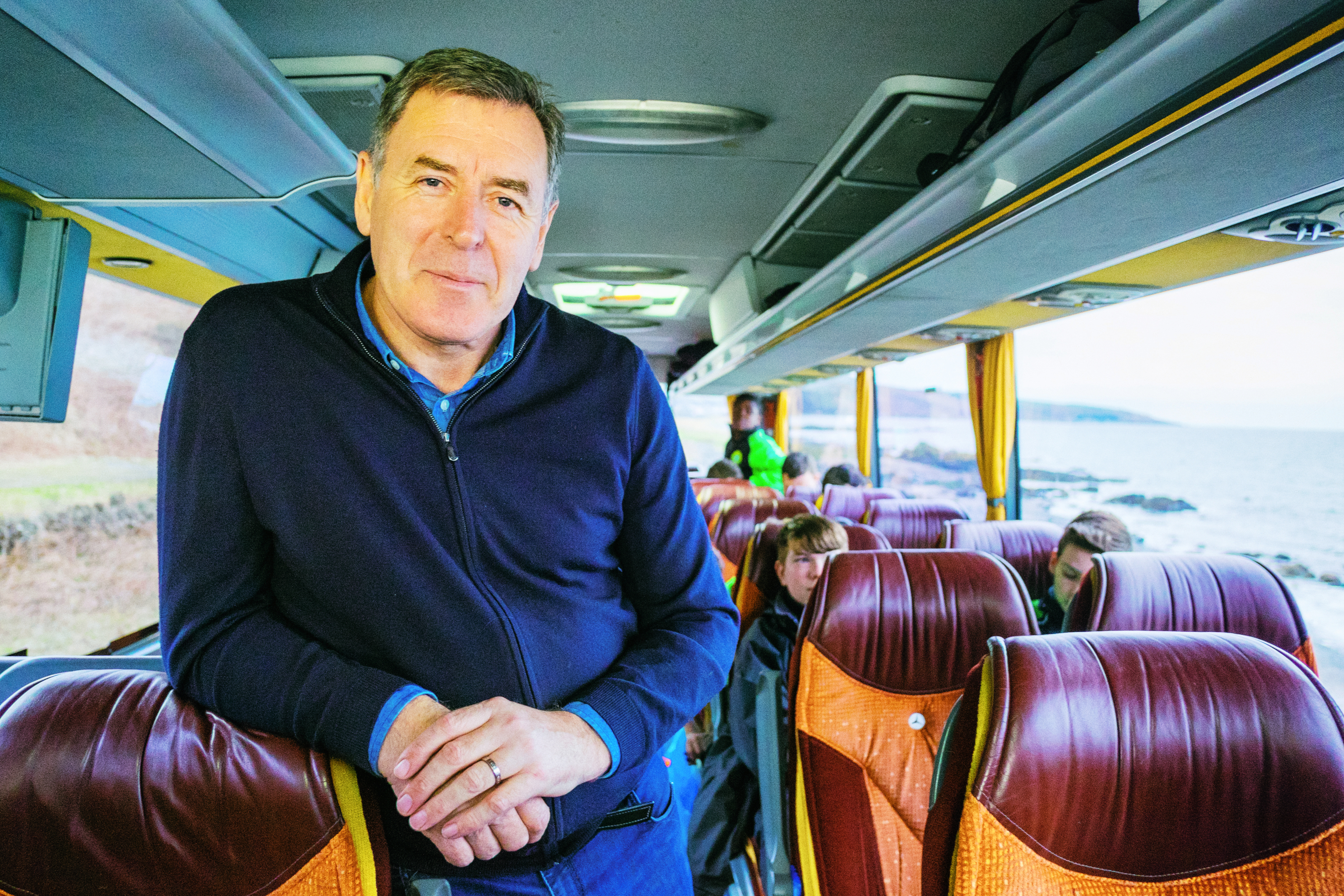
IT carried them home to the old country, some living, some dead. It reunited families and pulled some apart.
From Shetland ponies to clumps of Parkhead turf, its cargo was not always human, and the voyages taken not always happy.
But anyone who ever stepped on board for one of Scotland’s most unique journeys will most likely never have forgotten it.
For 50 years, the Donegal Bus has tethered distant communities of Glasgow and Donegal, connecting the Irish diaspora in Scotland with the green hills of home.
Now a documentary series has revealed some of the remarkable stories from the down the years.
Made by Glasgow-based HG Productions, run by Helena Ni Ghallachoir, the four-part series includes moving contributions from Celtic and Ireland goalkeeping legend Pat Bonner, Deacon Blue singer and actress Lorraine McIntosh and funnyman Des Clarke.
For Helena, the idea to document the unique service came after a conversation with a city taxi driver.
“I’ve lived in Glasgow for 20 years, and have always used the bus to go home to Arranmore Island off the coast of Donegal,” she said.
“One night a taxi driver in Clydebank heard my accent and we got talking about Donegal. When I told him I took the bus, he told me they used to take coffins back on that bus.
“The coffins would be at the back of the bus. That’s where the idea for the documentary came from.”
Among the other stories Ghallachoir uncovered, includes the tale of a bus driver who bought a couple of Shetland ponies on the journey.
“He just took the seats out of the back and put the horses in the bus,” she said. “They thought nothing of it. I got the bus recently and someone wasn’t allowed to take their dog on.”
The Glasgow-Donegal Bus is now run by three operators. In the ’60s and ’70s there were as many as 15 buses running each week.
The service was also responsible for the lifting and laying of a clod of turf from the tiny Donegal townland of Mullachdubh when Celtic Park was revamped in 1995.
For Helena, the series was a labour of love, and one she had to make an unusual journey for herself.
She said: “I was holding a screening of the first episode in Gweedore, but the sea was rolling and the ferry was off. My brother had to take me from Arranmore to the mainland in his tiny fishing boat.
“I’d to get changed into my heels and finery in the toilets at the pier. Not glamourous.”
Bus Glaschu is available to watch online on at tg4.ie from Thursday.
Our childhoods were spent going back to Donegal. It was really special, a beautiful, pastoral place
LORRAINE MCINTOSH
Lorraine McIntosh’s mother Sarah left her home on a farm in Gweedore in the ’50s, coming to Scotland to work with her 10 siblings.
Living in the Gorbals and Govanhill, Sarah and husband David eventually moved to Ayrshire, but Sarah missed the tight-knit Donegal community on Glasgow’s south side. The bus provided a crucial connection to home.
McIntosh said: “Me and my two brothers and mum and dad would get picked up outside Ayr. It would come down the A77, and a neighbour would have given us a lift to the roundabout.
“Our childhoods were spent going back to Donegal to see my mum’s parents and the aunts and uncles who were still there. It was a really special place for us, so different from what we knew, this beautiful, pastoral place.
“Then the bus would arrive and it was like going into Mr Benn’s back shop.
“You were instantly transported, and left Scotland the minute you stepped on the bus. It was just such a lovely experience for my mum. She felt isolated in Ayrshire – her friends from Donegal were all in Glasgow.
“I’ve often taken Ricky [Ricky Ross, her husband and Deacon Blue bandmate] and our children back to Gweedore. When I went back for the documentary, I met Paddy Haig who was a friend of my mum’s. He talked to us about coffins being tied to the roof with ropes. I couldn’t believe it.
“Gweedore used to be full of people from Glasgow in the summer, and now it’s a lot quieter. But there’s something special about the bus, and I’m glad it’s still being used.”
There was a real comfort on that bus, I reconnected with the things I grew up with
PAT BONNER
As a teenager moving far away from home, Irishman Pat Bonner found solace among the faces on the Glasgow bus.
He first paid his fare to Scotland in 1978, leaving his home village of Burtonport to go on trial with Celtic, where he became manager Jock Stein’s final signing for the club.
Bonner said: “I was 17 and going away from home. I remember a year or so later when I’d signed, we picked up a young girl and the driver put on a song by Irish country singer Margo, about leaving home never to return, and the girl cried the whole way to the boat.
“But there was a real comfort on that bus. I felt safe. If something went wrong, there were people there who knew you, and whose job it was to get you from one place to the next. My daughters used it recently coming back from Donegal.
“There was always a big Irish scene in the Gorbals, but I was a professional footballer, so I had to detach myself from that. I stayed with aunts and uncles around Glasgow, and letters were my big connection to home.
“I’d finish the season, get paid, and then I’d be on that bus home as soon as I could.
“The minute I set foot on the bus I reconnected with the things I grew up with. I might have been playing for Celtic, but nobody treated me any different.
“I was just another immigrant in Scotland, going to visit home.”

Enjoy the convenience of having The Sunday Post delivered as a digital ePaper straight to your smartphone, tablet or computer.
Subscribe for only £5.49 a month and enjoy all the benefits of the printed paper as a digital replica.
Subscribe
